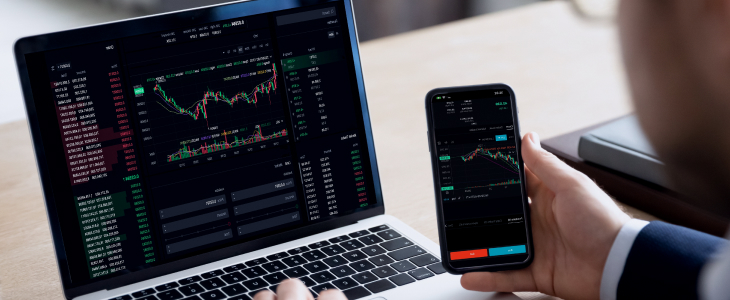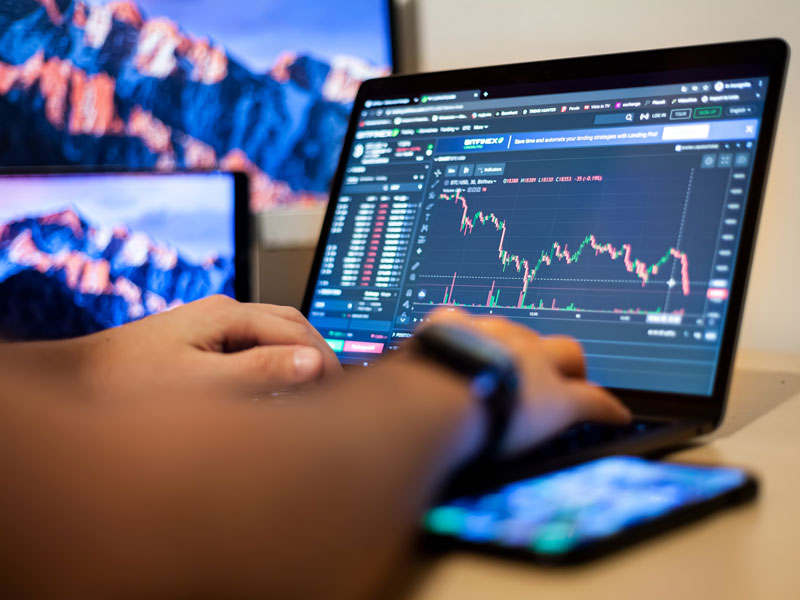
Forex trading operates around the clock, but it is vital for traders to understand the different trading sessions that occur throughout the day. The major trading sessions in the Forex market are known as the Tokyo, London, and New York sessions. Each session presents unique opportunities and trading conditions. This article will delve into the characteristics of these sessions and discuss strategies to optimize your trading performance. For successful trading, consider partnering with a reliable forex trading sessions Trading Broker AR.
The Forex Market: A 24-Hour Trading Environment
The Forex market is unique in that it doesn’t have a central exchange and operates 24 hours a day from Monday to Friday. This allows traders from all around the world to participate in the market at any time. However, it’s crucial to recognize that even as the market is open, there are periods of higher volatility and activity, known as trading sessions. Understanding these sessions is key to developing a successful trading strategy.
The Three Major Forex Trading Sessions
The three primary trading sessions are:
- Tokyo Session
- London Session
- New York Session
1. The Tokyo Session
The Tokyo session is the first major trading session of the day, starting from 12 AM to 9 AM GMT. This session sees significant activity primarily from Asian markets, including Japan, Australia, and New Zealand. During this time, currency pairs that involve the Japanese Yen (JPY) and Australian Dollar (AUD) tend to show higher volatility.
Traders often experience lower liquidity during this session compared to others, but it can still present excellent opportunities, especially for those focusing on pairs involving the Yen. Economic data releases from Japan also contribute to market movement during this session.
2. The London Session

The London session is often considered the most active trading session due to its alignment with the opening of European markets. It runs from 8 AM to 5 PM GMT. During this time, two-thirds of all Forex transactions take place, making it the most liquid and volatile session of the day.
Major currency pairs such as EUR/USD, GBP/USD, and USD/CHF experience the highest trading volumes during this session. Economic reports and announcements from European economies significantly impact currency movements, and traders should pay close attention to news releases during this time.
3. The New York Session
Following the London session, the New York session runs from 1 PM to 10 PM GMT. It is the largest financial market in the world and overlaps with the London session for several hours, creating heightened volatility. The New York session tends to see substantial trading activity, particularly in pairs such as USD/JPY and EUR/USD.
As the U.S. economy releases its key economic indicators, the market experiences significant reactions, making this session a focal point for many traders. The transition between the London and New York sessions often leads to increased price movements, providing potential trading opportunities.
Strategies for Trading During Sessions
Understanding the characteristics of each session is essential for developing an effective trading strategy. Here are some tips to help you navigate Forex trading sessions:
1. Timing Your Trades

Recognize the opening and closing times of each session and adjust your trading schedule accordingly. Many traders prefer to trade during the overlap of sessions, particularly between London and New York, due to the increased volatility and liquidity.
2. Focus on Major Currency Pairs
Each session has its favored currency pairs. The Tokyo session is great for JPY pairs, while the London session is best for EUR and GBP pairs, and the New York session typically favors USD pairs. Focus on the currency pairs that are most actively traded during the respective sessions for a greater chance of success.
3. Use Economic Calendars
A key to successful trading is staying informed about economic releases. Using an economic calendar can help you anticipate potential volatility increases due to scheduled news releases. This knowledge allows you to position your trades effectively.
4. Adjust Your Trading Style
Different sessions may require different trading styles. Scalping may be more appropriate during high-volatility sessions, while swing trading may be better suited for quieter sessions. Consider your trading style and adapt it to the specific conditions of each trading session.
Understanding Volatility in Forex Trading
Volatility refers to the degree of variation in trading prices over time. Understanding volatility during different sessions can help traders capitalize on price movements. The London session typically sees the highest volatility due to the concentration of trading volume, while the Tokyo session often has lower volatility.
Traders should utilize tools such as the Average True Range (ATR) or Bollinger Bands to gauge volatility levels and plan entry and exit points accordingly. Adapting to the market’s varying dynamics can significantly improve trading outcomes.
Conclusion
Understanding Forex trading sessions is crucial for anyone looking to enhance their trading strategy. Each session presents its own set of opportunities and challenges, and being aware of the best times to trade can lead to better decision-making and increased profitability. By focusing on major currency pairs, timing your trades, staying informed with an economic calendar, and adjusting your trading style to market conditions, you can effectively maximize your trading potential in the Forex market.

Recent Comments